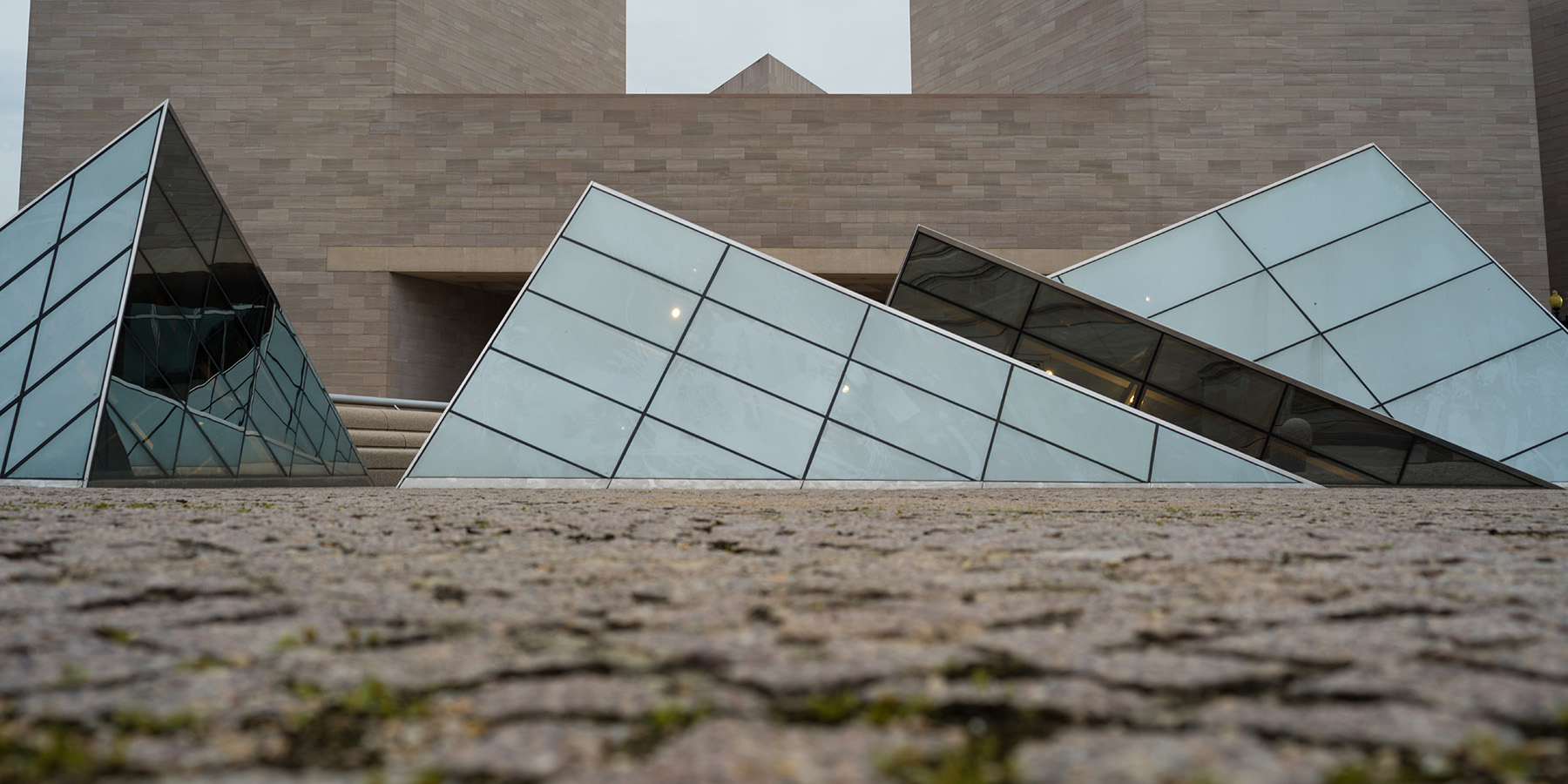Alessandra Raengo
Liquid Blackness in Contemporary Art: Black Study as Aesthetic Practice

Kahlil Joseph, Music is My Mistress, 2017, video, 12:15, combined frame grabs
During my time at the Center, I continued research for my book titled “Liquid Blackness in Contemporary Art: Black Study as Aesthetic Practice,” which builds on an unattended art-historical lineage whereby “liquidity” describes the way Black artists understand and practice one art form in terms of another: musical rhythms as visual conceits, photography as improvised music, and filmmaking as music-making, among others. Grounded in Toni Morrison’s description of the relationship between Romare Bearden’s visual aesthetics and the music-making processes of jazz, and her call to overcome disciplinary fixations of discrete art forms, my book explores Black liquidity’s historiographical, methodological, and theoretical implications. It argues that, in the contemporary moment, such liquidity is a common mode of practice, especially among filmmakers and installation artists, who draw from unruly archives of Black expressive culture, including fashion, design, and architecture. As they straddle the line between commercial and art spaces, music videos and installation art, visual albums and essay films, site-specific community-based exhibitions and streaming platforms, contemporary Black artists’ liquid practices challenge distinctions between high art and popular culture, single authorship and collaboration, product and process, practice and praxis. Yet, I argue that “liquidity” also describes an art-making ethos grounded in “black study,” as elaborated by Stefano Harney and Fred Moten—that is, informal collective thinking/creative practice, experimental socialities, and unrecognized (extra- or under-institutional) intellectual labor. Inspired by musical avant-gardes, the cooperative and improvisational relations between musicians in the jazz ensemble and their experimentation with communal ethos, risk-taking, and formal lawmaking and lawbreaking, Black artists advance a radical approach to aesthetics as a practice of informality. While at the Center, I explored the art-historical lineage of “liquidity” in scholarship and curation, and the roots of these artists’ “futural archives of Black intentionality”: that is, their sustained engagement with masters of the past to develop a distinct Black audiovisual aesthetics that deliberately seeks to speak to and build creative lineages to come.

“Music Video as Black Art,” 2021, screenshot of digital dossier’s landing page, from the liquid blackness project, Atlanta
The artists I focus on belong to creative ensembles grounded in the LA Rebellion experimental cinema movement and were variously exposed to legendary filmmaker Haile Gerima at Howard University: Arthur Jafa (b. 1960), Kahlil Joseph (b. 1981), Bradford Young (b. 1977), Jenn Nkiru (b. 1987), and Elissa Blount Moorhead (b. 1968), alongside filmmakers and installation artists such as John Akomfrah (b. 1957), Kevin Jerome Everson (b. 1965), and Kevin Beasley (b. 1985), who similarly explore modes of liquid art-making. Overall, their creative practices demand a more capacious understanding of art history and its approach to collective creative processes. Further, they are at the vanguard of aesthetic theory in tackling some of its most vexed questions: If the object is the process, the process is a practice, and practice is praxis, then what is the subject and object of Black art? If Black liquidity emerges, as flow, at the confluence between everyday and aesthetic practices, how can it avoid capital’s violent valuations? If Black study is essentially collaborative, and the work of the ensemble is essentially fugitive—because its internal relationships of reciprocity and care pose a challenge for the accounting of Black creative processes—then how does it index itself in the art object? More importantly: If Black study hinges on the informality of experimental socialities, how can formal analysis properly attend to its work?
To answer these questions, the book develops a methodology of “reading for informality” by approaching form as a non-extractive relational praxis, one that is deliberately incomplete and refuses containment in favor of deictic gestures toward Black sociality. Thus, the project is sleeved on its own method: it is engendered by black study, leans into it, and adopts it as an ethical, theoretical, and rhetorical strategy. It builds on an immanent and object-oriented methodology developed over ten years of collective research by the liquid blackness research group and its journal, liquid blackness: journal of aesthetics and black studies, which I founded in 2013 and continue to lead. For this purpose, I visited with some of the artists (many of whom now live in Baltimore) and continued to explore their networks of collaboration through an ancillary project titled “Music Video as Black Art.” In this formulation, which emphasizes how popular culture forms, as new vanguards of Black aesthetics, are increasingly included in institutions of high art, this inquiry has taken the form of publications, conference presentations, pedagogical interventions, and a digital humanities dossier. These outputs have led to a series of grant applications to support my personal scholarship as well as the continued radical work of the liquid blackness research group.
Georgia State University
Paul Mellon Senior Fellow, fall 2022
Alessandra Raengo will return to Georgia State University to lead the liquid blackness research group and liquid blackness: journal of aesthetics and black studies (with her coeditor, Lauren McLeod Cramer), organizing research and resources to celebrate the group’s ten-year anniversary with an event titled “Music Video as Black Art: Claiming the B-Side.”
